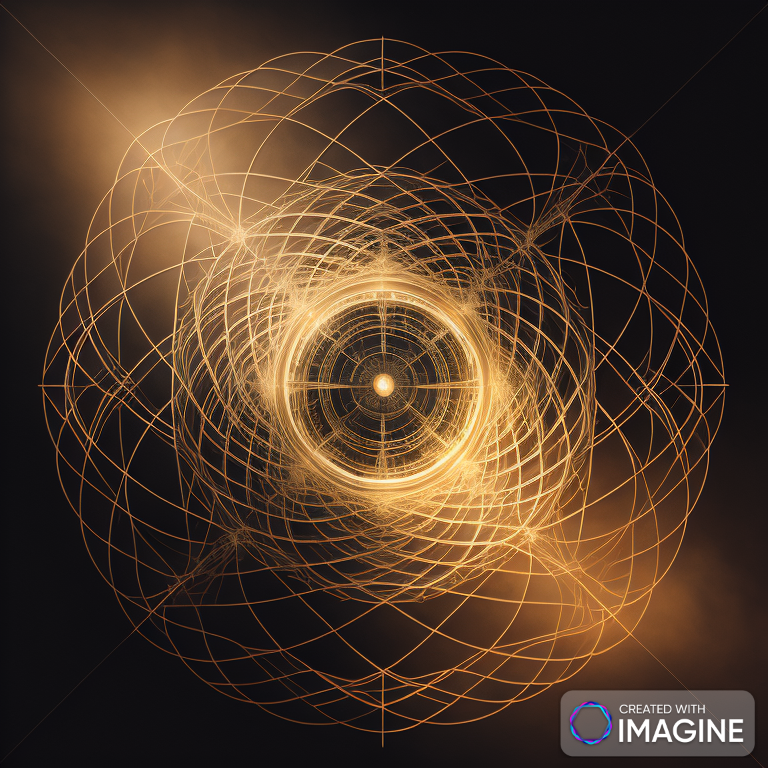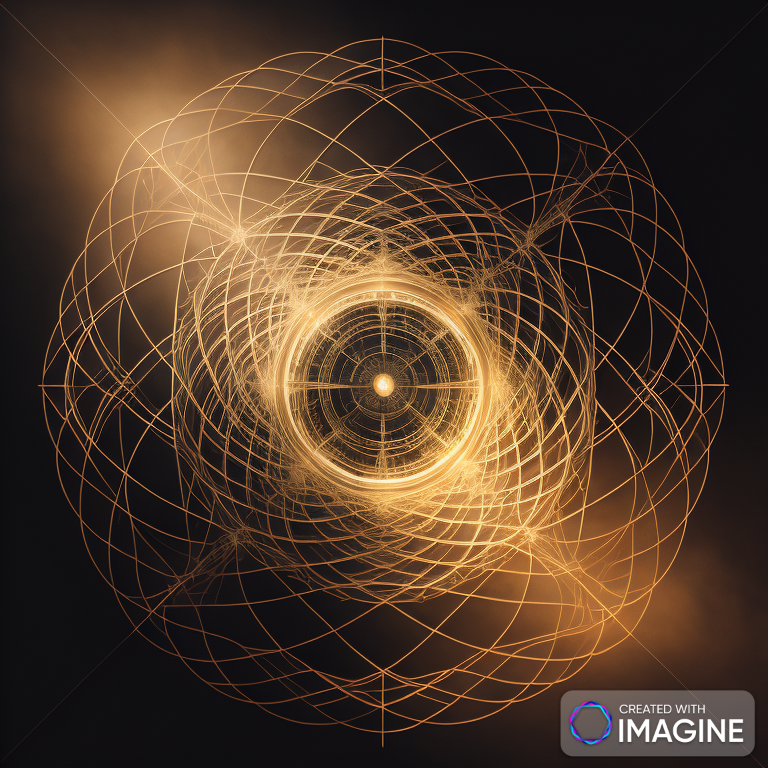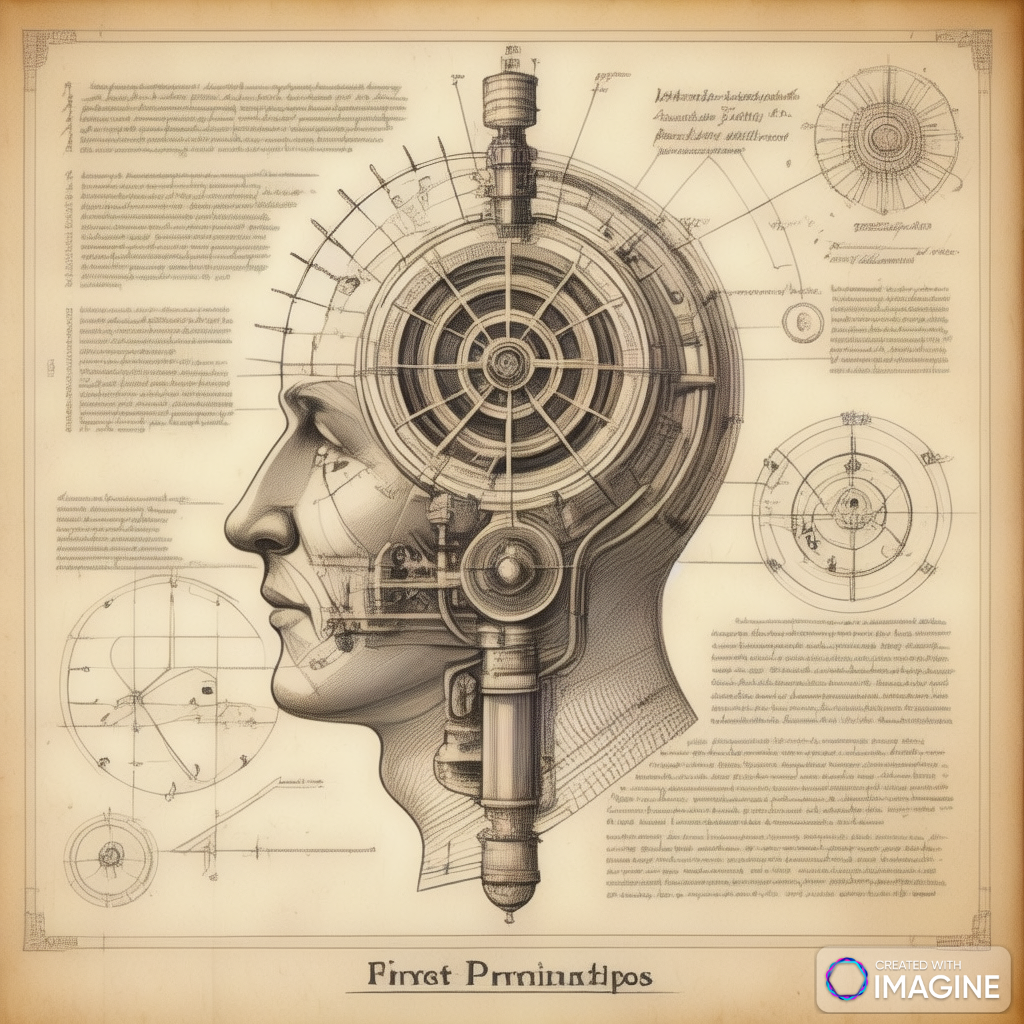In the ever-evolving landscape of communication technologies, Quantum Entanglement has emerged as a revolutionary concept with profound implications for the future of secure communication. This blog post explores the fundamentals of quantum entanglement, its potential applications in secure communication, and the promising developments that signal a transformative shift in the field.
Understanding Quantum Entanglement
Quantum entanglement is a phenomenon in quantum mechanics where two or more particles become interconnected in such a way that the state of one particle instantaneously influences the state of the other, regardless of the distance separating them. This seemingly instantaneous correlation challenges classical notions of information transfer and has paved the way for groundbreaking advancements in the realm of secure communication.
Quantum Entanglement in Quantum Key Distribution (QKD)
1. Unhackable Communication:
 provides a foundation for Quantum Key Distribution (QKD), a method that enables the secure exchange of cryptographic keys between parties. The inherent properties of entangled particles make it theoretically impossible for an eavesdropper to intercept the key without disrupting the entanglement, providing an unprecedented level of security.
provides a foundation for Quantum Key Distribution (QKD), a method that enables the secure exchange of cryptographic keys between parties. The inherent properties of entangled particles make it theoretically impossible for an eavesdropper to intercept the key without disrupting the entanglement, providing an unprecedented level of security.
2. Key Exchange Without Transmission:
Unlike classical cryptographic methods that rely on the transmission of keys over traditional communication channels, QKD allows for key exchange without the direct transmission of the key itself. This eliminates vulnerabilities associated with interception during key transmission.
3. Eavesdropping Detection:
Quantum entanglement introduces a unique advantage in detecting eavesdropping attempts. Any attempt to measure or intercept entangled particles introduces detectable changes, alerting the communicating parties to the potential security breach.
Recent Advances and Real-world Applications
1. Quantum Communication Networks:
The establishment of quantum communication networks is becoming a reality, with experiments and implementations showcasing the feasibility of entanglement-based communication over longer distances. These networks hold the promise of ultra-secure global communication infrastructures.
2. Satellite-based Quantum Communication:
Satellites equipped with entangled photon sources have been deployed to facilitate secure communication between ground stations. This paves the way for secure communication channels that transcend geographical limitations.
3. Entanglement Swapping:
Recent experiments in entanglement swapping have demonstrated the ability to entangle particles that have never directly interacted. This opens avenues for creating entanglement connections between distant nodes in a quantum network.
Overcoming Challenges and Looking Ahead
1. Decoherence Mitigation:
Quantum systems are susceptible to decoherence, where external factors disrupt the entanglement. Ongoing research focuses on developing strategies to mitigate decoherence and extend the duration of entanglement.
2. Practical Implementation:
The transition from theoretical concepts to practical, scalable implementations remains a challenge. Researchers are actively working on developing quantum repeaters and memory systems to enhance the efficiency and range of entanglement-based communication.
4. Quantum Cryptography Protocols:
In addition to QKD, various quantum cryptography protocols leverage entanglement for secure communication. These protocols include Quantum Key Distribution with Entangled States (E91 protocol) and the use of entanglement swapping for generating shared cryptographic keys.
5. Entanglement-based Quantum Repeaters:
To address the issue of distance limitations in quantum communication, researchers are actively developing entanglement-based quantum repeaters. These repeaters extend the range of entangled particles, enabling the creation of quantum entanglement connections over longer distances.
6. Entanglement Generation Techniques:
The process of creating and maintaining entanglement is crucial for quantum communication. Techniques such as spontaneous parametric down-conversion and entanglement swapping are actively explored to generate entangled particles reliably.
7. Quantum Entanglement and Relativity:
Exploring the interplay between quantum entanglement and relativity adds an intriguing dimension to secure communication. Understanding how entanglement behaves in different reference frames becomes crucial for the development of secure communication systems in a relativistic context.
8. Quantum Entanglement for Multi-party Communication:
Extending the concept of secure communication beyond two parties, researchers are working on protocols that enable secure multi-party communication using entangled states. This opens avenues for secure quantum conferences and group communications.
9. Hybrid Quantum-Classical Communication Systems:
Recognizing the practical challenges of implementing purely quantum communication systems, researchers are exploring hybrid approaches that integrate quantum and classical communication. These systems aim to harness the strengths of both paradigms for enhanced efficiency and reliability.
10. Quantum Communication in Challenging Environments:
Quantum communication faces challenges in real-world environments, such as atmospheric absorption and turbulence. Ongoing research focuses on adapting quantum entanglement techniques to overcome these challenges, making secure communication viable in diverse conditions.
Future Prospects and Ethical Considerations:
11. Quantum Internet:
Envisioning a quantum internet involves connecting quantum computers and communication networks seamlessly. Quantum entanglement plays a pivotal role in the realization of a quantum internet, where quantum information can be shared globally with unparalleled security.
12. Entanglement as a Resource:
Viewing entanglement as a valuable resource sparks innovative approaches to optimize its usage. Researchers are exploring ways to efficiently manage and distribute entanglement in quantum networks, ensuring its effective utilization for secure communication.
13. Ethical Implications of Quantum Communication:
As quantum communication technologies advance, ethical considerations become paramount. Addressing issues related to privacy, data security, and the responsible development and deployment of quantum communication systems is essential for building a trustworthy quantum future.
14. Public Awareness and Education:
The successful integration of quantum communication into society requires public awareness and education. Efforts to communicate the significance of quantum entanglement in secure communication, along with its potential societal impacts, are vital for fostering acceptance and understanding.
15. Quantum Entanglement-based Quantum Repeaters:
Quantum repeaters play a pivotal role in extending the reach of entangled particles. Advanced quantum repeaters utilizing entanglement swapping and purification processes are under development, aiming to facilitate long-distance quantum communication with reduced noise and improved fidelity.
16. Quantum Entanglement in Quantum Memory Devices:
Quantum memory is integral to preserving entangled states for extended durations. Quantum memory devices, such as atomic ensembles and solid-state systems, are explored to store and retrieve entangled quantum information reliably.
17. Quantum Entanglement and Information Processing:
Beyond communication, entanglement contributes to quantum information processing tasks. Quantum gates and algorithms utilizing entangled states showcase the potential of entanglement in enhancing computational capabilities for secure cryptographic protocols.
18. Quantum Entanglement in Time-Encoded Quantum Key Distribution:
Time-Encoded Quantum Key Distribution (TE-QKD) is an emerging protocol that employs time-bin entangled states. This approach offers enhanced key distribution rates and represents a novel avenue for incorporating entanglement into practical quantum communication systems.
19. Quantum Entanglement and Quantum Networks Scalability:
The scalability of quantum networks is a critical consideration for widespread adoption. Efforts focus on developing scalable architectures that efficiently manage entanglement resources, paving the way for large-scale quantum communication infrastructures.
20. Entanglement Swapping in Satellite-based Quantum Communication:
Satellite-based quantum communication systems leverage entanglement swapping techniques for establishing secure communication links between ground stations. This application showcases the adaptability of entanglement in the challenging environment of space.
21. Quantum Entanglement and Quantum Error Correction:
Mitigating errors in quantum communication is a paramount challenge. Quantum error correction codes utilizing entangled states provide a framework to address errors and enhance the reliability of quantum communication protocols.
22. Quantum Entanglement and Quantum Teleportation:
The concept of quantum teleportation, enabled by entanglement, allows the transfer of quantum states between distant locations. This phenomenon holds promise for secure and instantaneous information transfer in quantum communication networks.
Societal Integration and Global Collaboration
23. International Collaboration in Quantum Communication Research:
The advancement of quantum communication is a collaborative effort on a global scale. International collaborations and partnerships foster knowledge exchange, resource-sharing, and the collective pursuit of overcoming challenges in implementing secure quantum communication.
24. Quantum Communication Standards and Protocols:
Establishing standardized protocols and communication frameworks is crucial for the integration of quantum communication into existing infrastructure. The development of international standards ensures interoperability and seamless communication across diverse quantum platforms.
25. Quantum Communication Outreach Programs:
Public awareness and understanding of quantum communication concepts are essential for societal acceptance. Outreach programs, educational initiatives, and public engagement activities contribute to demystifying quantum technologies and their implications for secure communication.
26. Quantum-Secure Policies and Regulations:
As quantum communication technologies mature, the formulation of robust policies and regulations becomes imperative. Governments and regulatory bodies are actively engaged in developing frameworks that address security, privacy, and ethical considerations in the deployment of quantum communication systems.
Conclusion
The journey into the realm of quantum communication, driven by the captivating principles of entanglement, unfolds as an ongoing exploration. From the fundamentals of quantum repeaters to real-world applications and societal integration, the dynamic landscape continues to evolve. Quantum entanglement, with its remarkable properties, remains at the forefront, shaping a future where secure communication transcends classical constraints. The collaborative efforts of researchers, the establishment of standards, and outreach initiatives collectively propel quantum communication into new frontiers, setting the stage for a world where the secure exchange of information defies classical limitations.
The future of quantum entanglement holds immense promise for revolutionizing secure communication. As researchers continue to overcome challenges and make strides in practical implementations, the era of ultra-secure communication, protected by the unique properties of quantum entanglement, draws closer. The fusion of quantum mechanics with information theory is ushering in a new era where the security of communication is no longer bound by the limitations of classical encryption methods. Quantum entanglement stands as a beacon of hope for achieving communication security that is unattainable through classical means.





